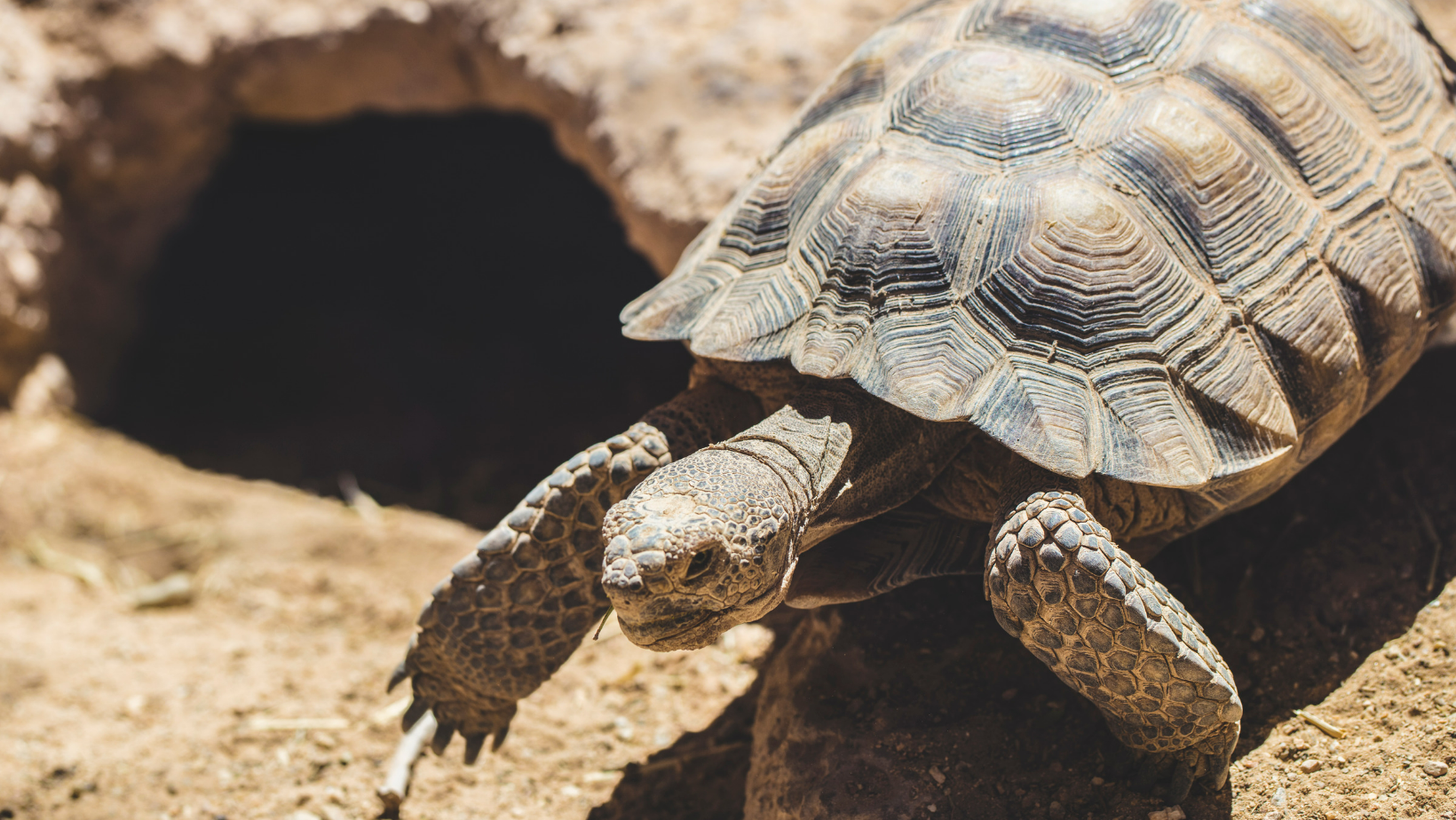
Author: Elise Lange, AWF Communications Manager
Today is World Tortoise (and Turtle) Day, an annual advocacy day for these amazing animals who are so often threatened.
In Arizona alone, there are over 500 species of conservation concern and yes, that’s undoubtedly a concerning number considering that we have 800 different wildlife species. In fact, we are actually in the top 5 states with the highest level of wildlife diversity.
The monumental bill, Recovering America’s Wildlife Act, was just recently reintroduced to the 118th Congress and is already being backed by over 10 U.S. senators — both Democratic and Republican, showing once again that this bill has bipartisan support. RAWA, as it’s referred to, would provide states 1.4 billion in funds to take proactive steps to prevent wildlife from becoming endangered. Arizona specifically would receive an estimated $31 million to fund conservation and recovery efforts for our at-risk species.
One of the most loved species in Arizona is the Sonoran desert tortoise. Of the U.S. species, 90% of their breeding range is in Arizona. That means that their continued survival — or surthrival (not just surviving, but thriving), as coined by our Conservation Programs Director, Trica — is largely dependent on how they do in Arizona.
The Sonoran desert tortoise is an incredible animal. Like other reptiles, they are ectothermic, meaning that they regulate their internal body temperature by using the environment around them and changing their behaviors. That’s why it’s so difficult to find this species!
During the hotter months of the year, they spend the majority of their time hanging out underground where it’s nice and cool. They’ll still be down there in the winter, insulating themselves against the cold. That isn’t to say Sonoran desert tortoises never come out of their shell and emerge from their burrows. They have to eat and reproduce after all!
Unfortunately, this species isn’t doing as well as they could here. They are threatened and protected under state law because of their population decline and the numerous threats they face. Human development and harassment, habitat loss, invasive vegetation taking over their native foods, and drought are the main threats they face here.
Another side to this story is the number of Sonoran desert tortoises in captivity. The Arizona Game and Fish Department adopts out hundreds of captive tortoises each year that have been surrendered to the department. Unfortunately, those tortoises cannot simply be released back into the wild — either because they have become used to and rely on human care or because they risk disease transmission to the already declining wild population.
All this to say — the Sonoran desert tortoise is an amazing signature species in Arizona and it’s important to understand their threatened status. If you find a wild Sonoran desert tortoise, here’s your need to know:
-Don’t pick them up or they’ll pee on you! This is completely true: these tortoises defend themselves by emptying their bladder when they’re caught off guard by being handled or touched. This can be life-threatening for them, as they need to find water quickly after exhibiting this behavior.
-If you’re concerned they might have been someone’s pet, contact the Game and Fish Department or a wildlife rescue organization that houses reptiles.
-Respect them and keep your distance: we want wildlife to stay wild, and the best way to do that is to watch from afar to avoid interfering with their natural behaviors.
.png)